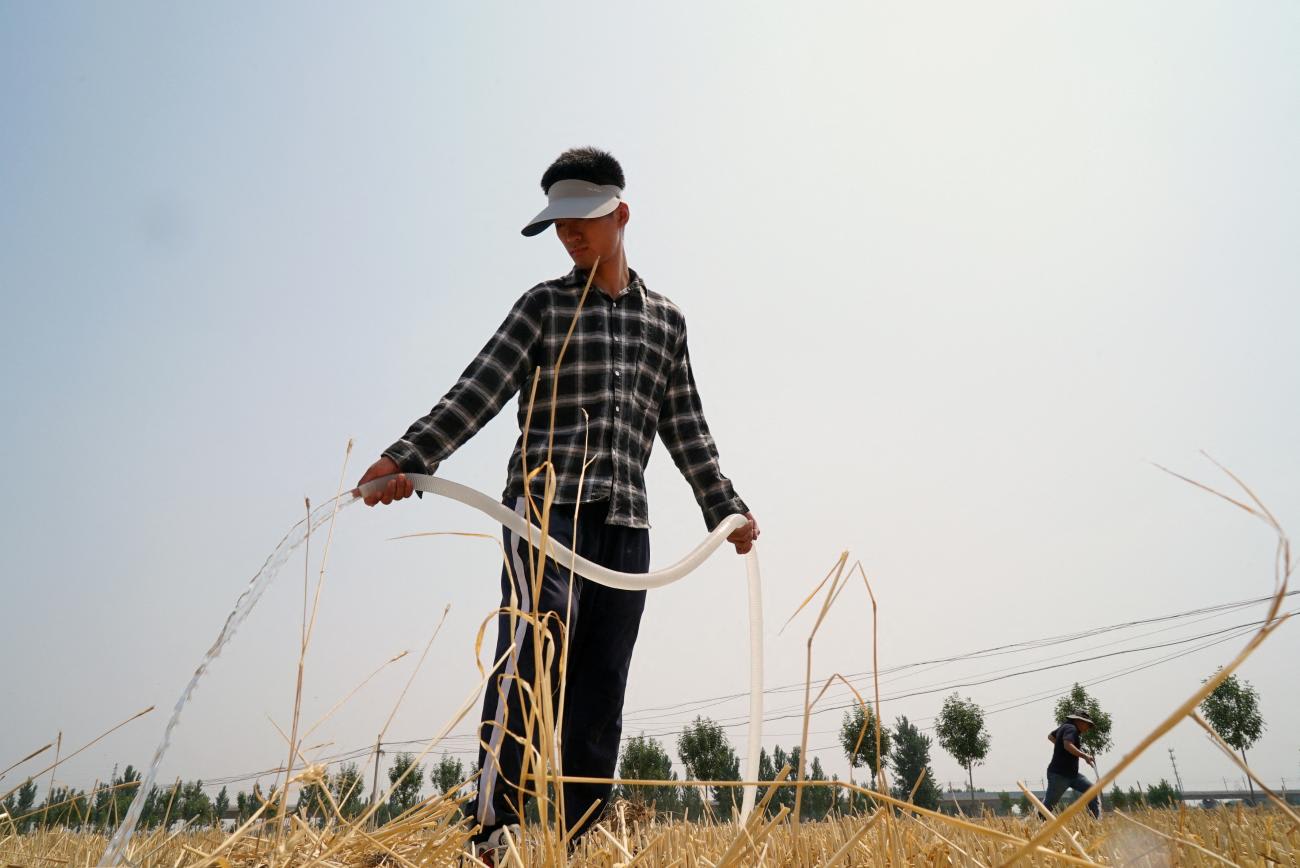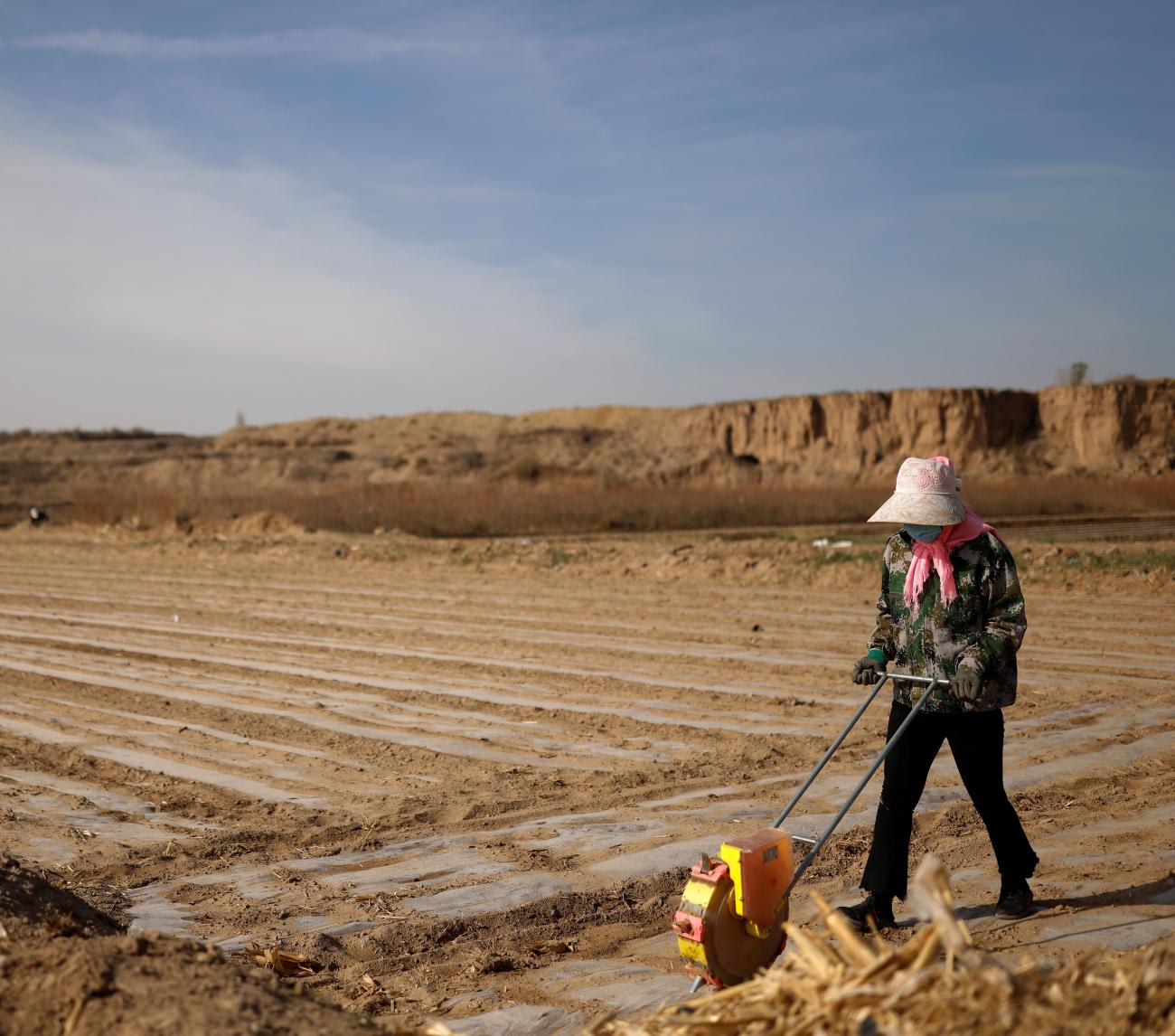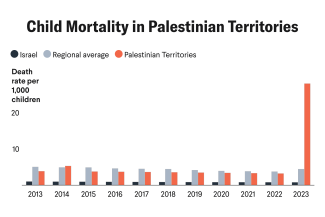Climate change is driving a global health crisis. The World Health Organization (WHO) has called climate change the "greatest threat to global health in the 21st century." Adverse climate-related health impacts are expected to worsen across the world, developing countries and small island nations being particularly vulnerable.
Such impacts create the need for integrated climate and health policies that reduce greenhouse gas emissions and develop climate-resilient health systems. That policy imperative applies to China because climate change threatens the health of its people. China's geographical conditions, monsoon climate, and populous communities in coastal regions make public health susceptible to extreme weather events, such as heatwaves, typhoons, and floods.
As a major player in climate change and global health governance, China has advanced the integration of climate change and health policies at the international, national, and local levels. Those efforts are progressing, but growing challenges highlight that China should consider policy reforms that strengthen health resilience to climate change at home and abroad.
China's Support for Global Climate-Health Resilience
China attaches great importance to promoting climate-health resilience as part of its commitment to improving global health governance. In 2024, the Chinese government made advancing health adaptation to climate change a global priority. China is strengthening its support for climate change capacity-building and health infrastructure development through cooperation with developing countries in the Global South and the Belt and Road Initiative (BRI).
China has, for example, provided grants and low-interest loans to help build climate-resilient health systems, enabling vulnerable nations to better address the health impacts of climate change. Since 2016, China has mobilized more than 177 billion renminbi ($24 billion) in climate funding for low- and middle-income countries. At the High-Level Dialogue on Strengthening China-Africa-United Nations Climate Change Cooperation, China committed to enhancing technology transfer and capacity-building collaboration, reinforcing its leadership in South-South climate governance efforts.
China attaches great importance to promoting climate-health resilience as part of its commitment to improving global health governance
China addresses health disasters exacerbated by climate change with initiatives to mitigate the increased global risk of malaria transmission. It has pledged to provide artemisinin formulations, funding, and technical support to the African and Southeast Asian regions, where malaria remains a significant public health challenge.
China is also a key contributor to the international Early Warnings for All Initiative that delivers high-quality meteorological satellite data, products, and services to 132 countries and regions. The initiative supports weather disaster defense for BRI partners by establishing platforms to facilitate multilateral meteorological cooperation. To date, China has signed 35 bilateral cooperation agreements that aim to reduce the loss of life and health risks associated with extreme weather events. It also plans to develop a package of major projects for climate change responses and participate more in global climate governance in 2025.
China's National Policy on Climate Change and Health
Under its National Strategy for Climate Change Adaptation 2035 [PDF], China released its National Action Plan for Health Adaptation to Climate Change (2024–2030). The action plan is China's first policy on climate-health synergies and implements the commitment it made at the twenty-eighth conference of the parties (COP28) to the United Nations Framework Convention on Climate Change through the COP28 Declaration on Climate and Health.
The action plan constructs a coordinated national policy framework to integrate climate change and public health priorities. The plan bolsters the climate resilience of health-care services by mandating green, low-carbon retrofits of medical facilities and leveraging artificial intelligence (AI) and big data to optimize energy management.
The plan also seeks to establish a multisectoral collaboration and monitoring system among 13 government ministries in 2025 and to operationalize it fully by 2030 to enhance the climate resilience of health-care services. The system will streamline planning, monitoring, early warning, assessment, and interventions for climate-related health risks. It will strengthen data sharing, joint emergency drills, and digital innovation. For example, it will deploy advanced surveillance and early warning systems for climate-sensitive diseases, including plague and dengue fever, and issue health guidelines for extreme weather events, such as heatwaves and cold spells.

China's Local Strategies on Climate Change and Health
China is also integrating climate change and health policies at the local level. Beijing has started Climate Adaptation Pilot Programs in selected cities, rural areas, and communities. For example, Hangzhou, an emerging city in the east of the country, was chosen as one of the cities to implement a low-carbon city pilot project in 2024.
The pilot programs include a focus on optimizing climate-resilient infrastructure in hospitals, schools, and elderly care facilities while capturing best practices for use in future efforts. Under pilot projects, cities are redesigning urban layouts and enhancing water supply systems to improve the climate adaptability of living environments. Other initiatives include strengthening grassroots health capacity by upgrading emergency response systems in primary health-care institutions, deploying telemedicine platforms, and refining tiered diagnosis networks.
Simultaneously, pilot training programs are boosting frontline health-care workers' expertise in managing climate-sensitive diseases. Community-driven climate-health education campaigns are promoting green lifestyles and self-rescue skills in schools and neighborhoods. The Healthy Climate-Adaptive Cities pilot projects are expanding urban green spaces and enhancing health literacy to empower communities against climate risks.
China's local activities also include how Chinese megacities are pursuing innovative climate governance and cross-sector collaboration. For example, Shenzhen released its Climate Change Adaptation Plan (2023–2035) to achieve multidepartment coordination across energy, infrastructure, public health, and transport. The city prioritizes nature-based solutions and seeks to achieve 46% green coverage in built-up areas and certify more than 80% of communities as green and livable. Those efforts enhance urban ecosystem services and climate regulation, directly benefiting respiratory health.
Similarly, Shanghai's Action Plan for Climate Change Adaptation (2024–2035) integrates health resilience into its core strategy. The city has launched a collaborative digital health risk forecasting system, synthesizing meteorological, health, and civil affairs data. Linked to Shanghai's One Net for All governance platform, the system enables real-time alerts for vulnerable populations during climate emergencies. Remarkably, Shanghai's plan has strengthened chronic disease management by reducing consultations for lung disease patients by 17.6% and cutting medical costs by 2.5% through proactive climate-health interventions.
The Climate-Health Challenges Facing China
China's policy framework is a proactive, equity-centered approach to emerging health and climate challenges. China's implementation of its policies, however, faces multilayered obstacles spanning international cooperation, domestic governance, and local capacity.
China's rise as a pivotal actor in global governance has intensified international expectations for its role in bridging climate and health agendas. Those expectations collide with complex challenges rooted in resource constraints and institutional fragmentation.
China has been urged to expand its global climate funding, particularly for health-resilient infrastructure in developing countries. However, China itself is a developing country. Demands for increased Chinese contributions risk diluting the principle of common but differentiated responsibilities. China's caution about such demands potentially alienates developing countries that view China as a partner.
China is also expected to mediate between developed and developing countries on contentious issues such as fossil fuel phase-outs and health-climate financing. However, geopolitical rivalries and ideological divides hinder consensus-building. China advocates [PDF] for integration of health into climate agendas, but global progress remains sluggish. Multilateral forums on climate change, including COPs, have not prioritized health until recently, and China has struggled to rally systemic, sustained support.
At home, the national mechanisms to coordinate climate-health policy across sectors and ministries have not been fully established. Fragmented governance continues to hinder progress under the National Action Plan for Health Adaptation to Climate Change (2024–2030). Incompatible technical standards often block real-time data sharing between weather and health systems, which delays early warning responses.
China's climate-health integration efforts require urgent, coordinated reforms across global, national, and local dimensions
Policies from the central government are also not always well aligned with local actions, leading to uneven implementation and low effectiveness of integrated efforts. In remote regions, adequate emergency medical supplies, telemedicine coverage, and tiered diagnosis networks are not available. Financial constraints slow green hospital retrofits, which depend on energy management systems driven by AI and other advanced information technologies.
The challenges that local governments face in integrating climate governance with public health include equity gaps and lagging adaptation. Climate-health adaptation pilots in cities such as Shanghai and Shenzhen showcase successes. Replicating that success in less-developed central and western regions is hindered by stark technological and fiscal disparities. Rural areas feature limited public awareness of climate-health risks—such as heatstroke prevention—and lagging adoption of green lifestyles. Moreover, static risk assessment tools fail to capture dynamic threats, such as higher temperatures expanding the geographic range of dengue-carrying mosquitoes.
China's climate-health integration efforts require urgent, coordinated reforms across global, national, and local dimensions. China should leverage multilateral platforms, including the BRI and the WHO to institutionalize climate-health synergies. Creating a Global Climate-Health Fund under the BRI could enhance transparent governance and resource mobilization while aligning with the WHO's One Health agenda to address interconnected risks.
Domestically, institutional silos should be broken down. Unified data standards across meteorological, health, and environmental systems are needed to enable real-time data sharing and timely warnings. Performance incentives are needed to drive cross-sector collaboration. Locally, tailored interventions, such as deploying AI-powered dynamic risk modeling in rural clinics and scaling up community-led education on heatstroke prevention, are essential to bridge urban-rural equity gaps.
These reforms support the Chinese government's domestic Healthy China and Beautiful China initiatives. They also help position China as a pivotal architect of climate-resilient health systems globally at a moment when such capabilities are increasingly needed around the world.













